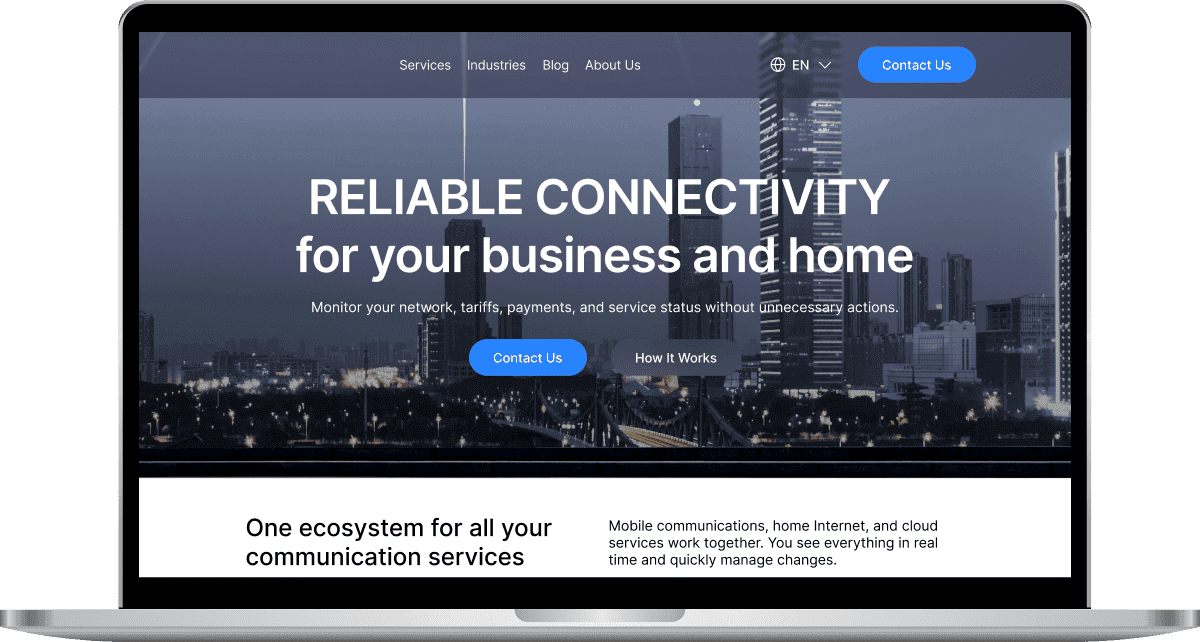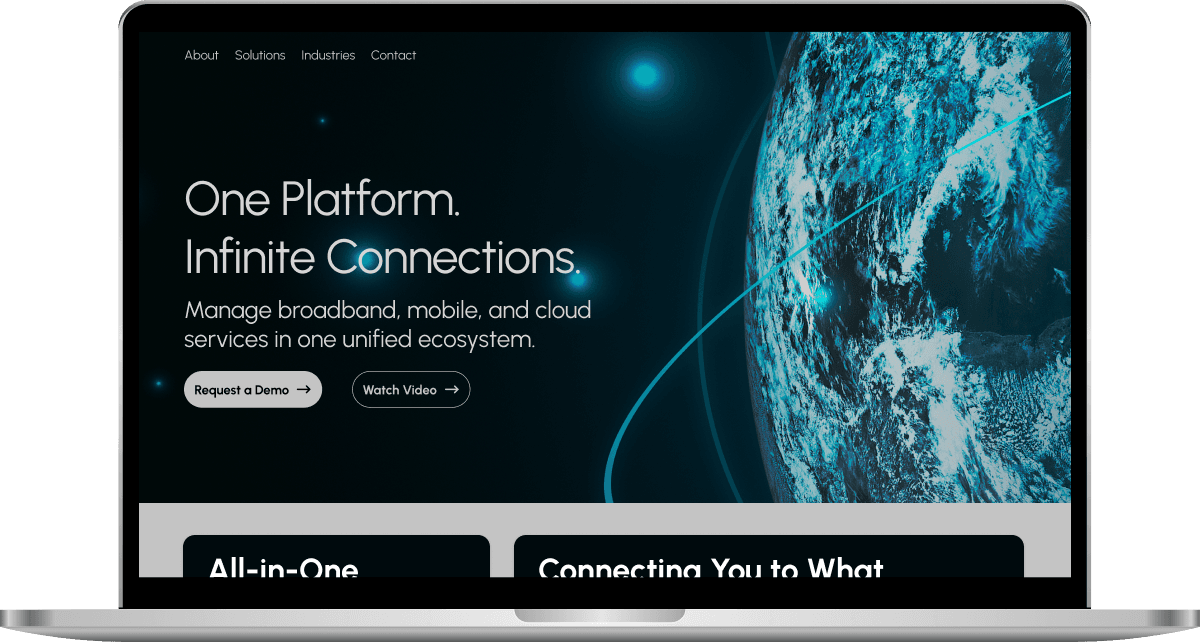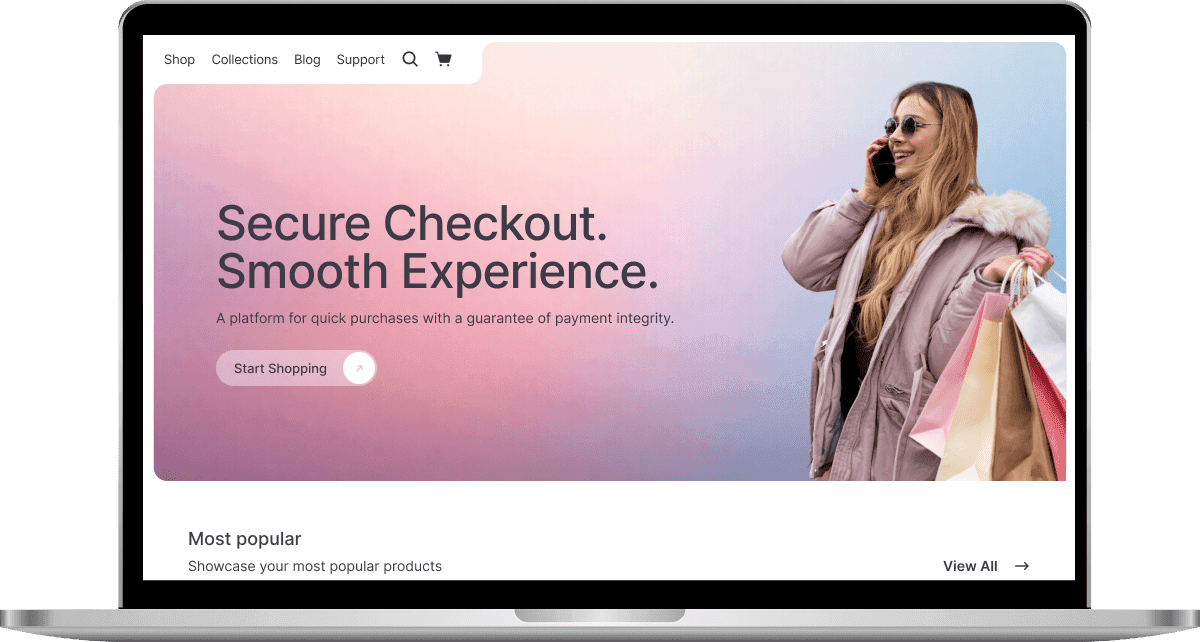- Home
- Case Studies
- Automated testing for Fundflex
Sep 09, 2023 3 min read
Automated testing for Fundflex
Platforms:
WebCountry:
LithuaniaImplementation time:
Jun 2021 - Present
Subscribe to Our Newsletter
Stay tuned for useful articles, cases and exclusive offers from Luxe Quality!
About Company
Fundflex offers comprehensive online loan software that can be customized to meet the specific needs of any business. Whether you offer digital lending services like crowdfunding and peer-to-peer or more traditional services like a line of credit and installment loans, this company can help you streamline your operations and improve your bottom line.
Before
Previously, there was no tester on the project, so test documentation was unavailable. There was a need to define and organize the registration of test coverage. Our goal on the project is to automate and cover all functionality with tests from scratch.
Challenges and Solutions
Luxe Quality provided a highly skilled Automation QA / Team Lead for this project. By aiming for complete test coverage, it was ensured that all critical scenarios and edge cases were thoroughly tested, minimizing the risk of potential issues or regressions.
Challenges | Solutions |
|---|---|
It was important to make sure that the application met all the requirements on different browsers. | We have set autotests for multiple browsers, including Firefox and Chrome. Compatibility and consistency across browser versions have been ensured so that all features and functions work as expected in each browser. |
It was expected that many users would fill out forms in the application at the same time. | Multi-user forms have been tested in an internal interbank application to ensure data accuracy and isolation between users. |
No testing documentation. | We created checklists that improved after each wound. Test cases were written for automation and bug reports were created after testing. Also, a report was automatically generated after each autotest wound. |
It was important to test the application in a clear environment. | Docker with Docker Compose were used to create containers to run autotest in set-up environments. |
Results
- 80% covered by tests;
- Testing framework was created for the project, which included a set of testing tools, test data and test scripts;
- Tests for automation are written according to precise instructions and requirements of the client.
Technologies, Tools, and Approaches
- JS + WebdriverIO: To create automated web interface tests.
- GitHub: To store and manage test code conveniently. This platform made collaborative work on tests more efficient: QA team members could easily share code, control versions, and conduct code revisions through change requests.
- Allure Report: To create informative reports on test progress.
- Docker: To create isolated test environments. This technology reduced the risk of various environmental conflicts and made it easy to deploy and run tests in different environments, greatly simplifying the testing process.
Features Of The Project
Based on the requirements, this project used two testing approaches: Checklist Testing and Exploratory Testing. These approaches were used toprovide comprehensive functionality coverage andidentify potential issues that may have yet to be noticeable using only the checklist.
- Checklist Testing: As part of this testing, we developed a detailed checklist of test cases and scenarios covering the project's main functional areas and primary use cases.
- Exploratory Testing: We utilized Exploratory Testing for a more flexible and unstructured approach. This research-oriented method relied on experience and intuition to identify potential problems.
Both forms of testing concluded with the analysis of identified problems and defects. While Checklist Testing ensured a structured approach and compliance with the essential requirements, Exploratory Testing assisted in identifying non-obvious bugs and issues that may have been overlooked in the formalized test cases. These two approaches complemented each other, ensuring comprehensive testing and a high-quality product.
Implementation Steps
1. Onboarding
The application was studied to understand its features and functionality. A customer wanted to automate all systems for tests.
2. Test plan
Based on the developed system's function for providing loans via the internet, a checklist was compiled. He for writing and automating e2e tests that help ensure systematic and complete testing of new features.
3. Communication
Established open lines of communication with the client and their team to foster practical collaboration. Through this interaction, the checklist was enhanced through continuous discussions and feedback.
4. Testing Approaches
Exploratory testing, checklist testing, cross-browser testing, and functional testing were conducted to meet project requirements. The accuracy and reliability of the booking and evaluation processes have been rigorously tested. Test forms have been validated against established standards using Test-Design methods.
5. Reporting
Creation and improvement of results reporting processes. Testing and setting up CI to automatically validate code functionality before integrating it.
- Functional testing
- Automation testing
- Usability testing
- Cross-browser testing
- JavaScript

- WebdriverIO

Your project could be next!
Ready to get started? Contact us to explore how we can work together.
Other Projects
Read moreDigital Connectivity Company
USA
•Web, Mobile
About project:
A digital connectivity company offering mobile, internet, and digital communication services.
Services:
- Manual and Automated testing, API, Security, Usability, Cross-browser, Cross-platform testing
- Automated testing -TypeScript + WebdriverIO + Mocha + Appium
Result:
350+ automated regression tests integrated into the CI/CD pipeline, ~50% fewer complaints from clients to support.FULL CASE STUDY
Telecommunications Provider
USA
•Web, Mobile
About project:
The client is a telecommunications provider offering broadband, mobile, and cloud communication services.
Services:
- Manual and Automated testing, API, Smoke, Regression, Performance, Security, Usability, Cross-platform testing
- Automated testing -TypeScript + WebdriverIO + Mocha + Appium
Result:
~70% of regression tests automated, reducing manual QA's involvement in regression cycles by 60%.FULL CASE STUDY
E-Commerce Retailer
USA
•Web, Mobile
About project:
An online E-commerce retailer that provides customers with a seamless online shopping experience through its web and mobile platforms.
Services:
- Manual and Automated testing, API, Usability, Cross-browser, Cross-platform testing
- Automated testing -TypeScript + WebdriverIO + Mocha + Appium
Result:
~80% drop in user-reported issues, critical checkout errors reduced to near zero, predictable, on-time releases for all major updates.FULL CASE STUDY



